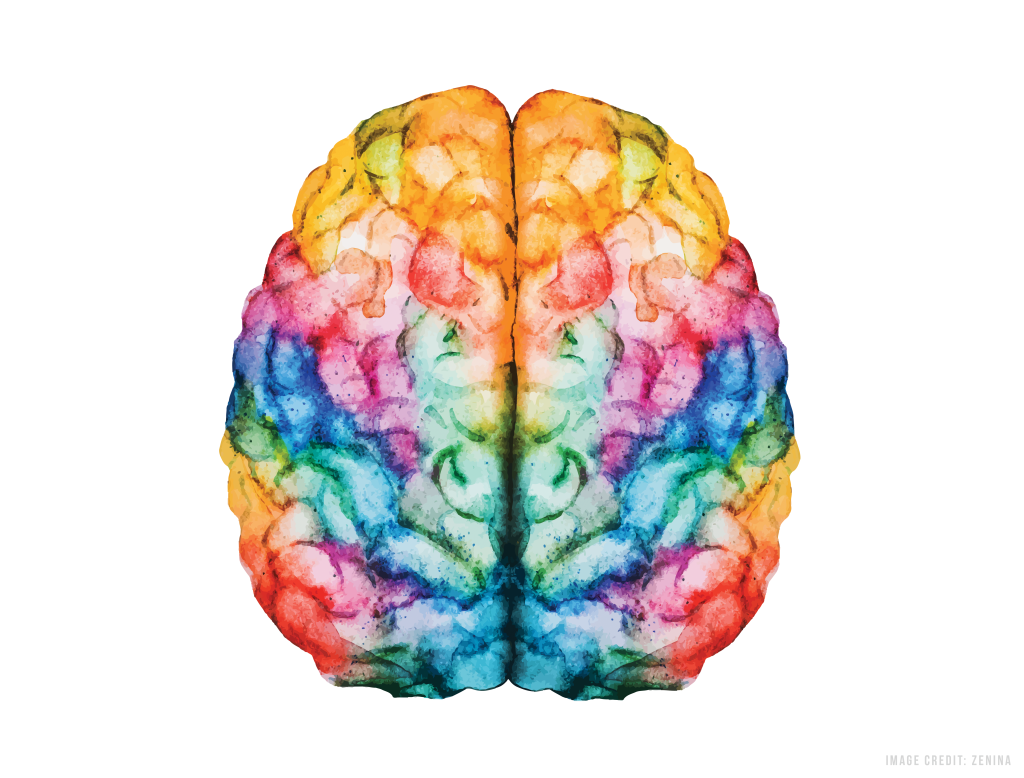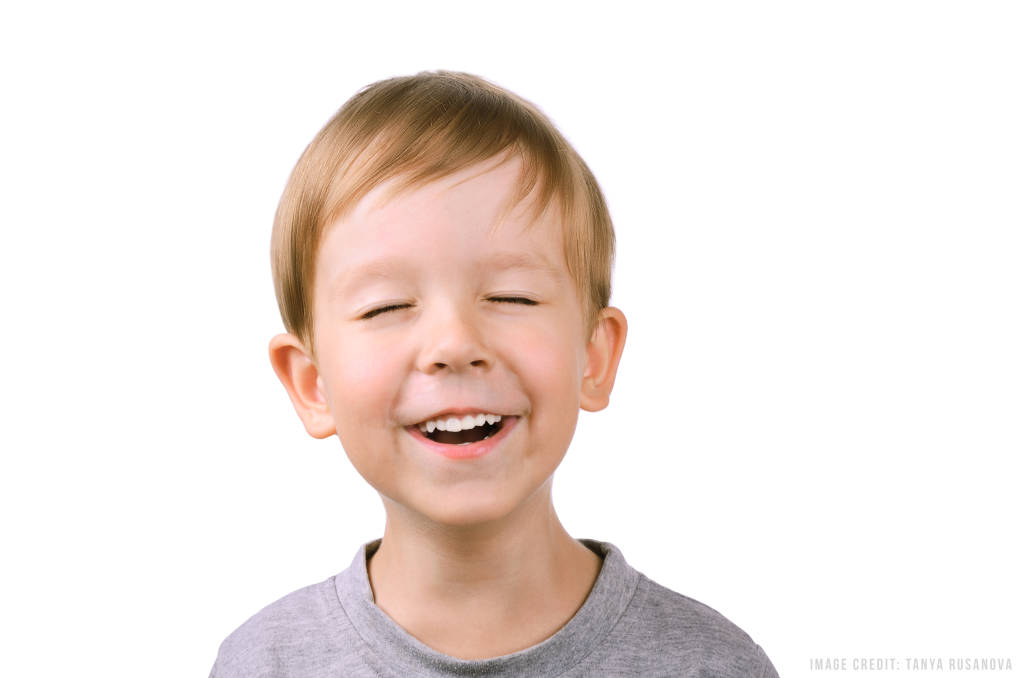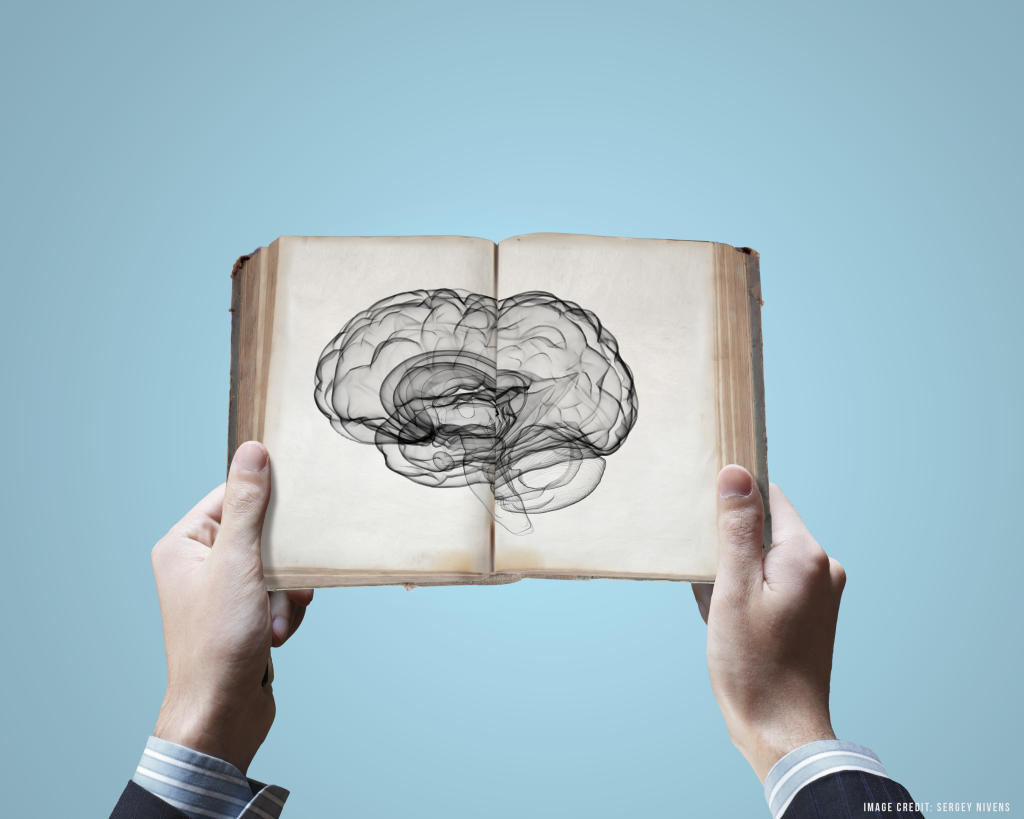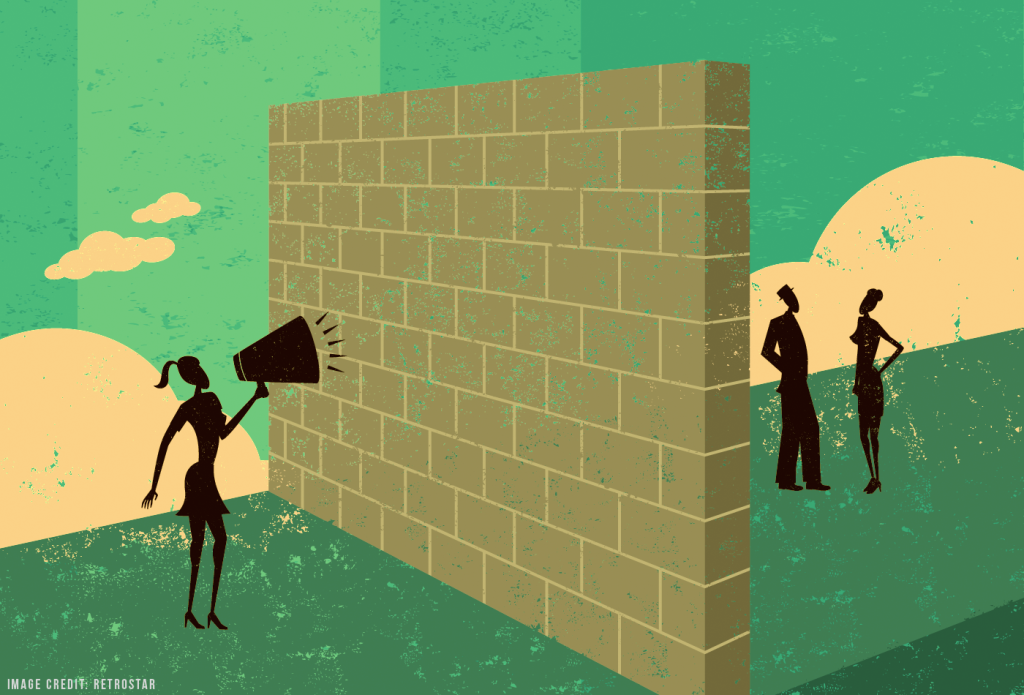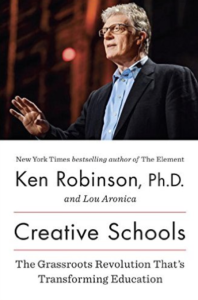It is no secret that American students’ math and science standardized test scores don’t break any records1,2. In 2012, the US scored below average for developed countries in math and close to average in science. We also know that many of the most pressing problems facing us today and in the future, from halting climate change to combatting terrorism, require science, technology, engineering, and math (STEM) mastery and innovation. For this reason, educators and policymakers continue to increase their emphasis on STEM education.
Students’ time in school is finite, so spending more time learning to program or construct electrical circuits often means spending less time reading literature and engaging in arts, as these activities are often considered less practical. This STEM myopia can also be problematic, as those “less practical” fields may impart critical thinking and creativity3, perseverance, teamwork, and commitment4 in ways that STEM fields may not.
This understanding has prompted the STEAM movement, dedicated to incorporating the arts into a STEM educational framework.
I had the opportunity to talk with Nan Renner, a researcher at UC San Diego’s Center for Research on Educational Equity, Assessment and Teaching Excellence (CREATE). Nan’s work is focused on how we learn by interacting with the world – using language, objects, environments, and other people. With an initiative called the Art of Science Learning, she directed an Incubator for Innovation in San Diego to bring community members together to seek creative solutions for the water crisis in the region. She also teaches undergraduate courses in Cognitive Science. One course is called Distributed Cognition, a class that expands how we think about thinking to include our bodies and social and cultural contexts. Another is Cognitive Ethnography, a project-based research course that encourages students to understand human cognition through observing and analyzing behaviors. Collectively, her work is an exemplar for STEAM proponents, demonstrating not only a seamless integration of sciences and arts, but also working towards making STEAM a natural part of education.
What is STEAM, really?
Defining STEAM as simply the integration of arts with STEM fields is an oversimplification, especially for those of us who have been raised on the distinctions between the subjects. Traditionally, students learn science in science class and art in art class.
How could these very different subjects be combined?
There are some obvious ways to integrate them: students can use physical materials like clay or styrofoam to make models of cells or the solar system, and they can learn songs about concepts like Avogadro’s number. But Nan pointed out that we should think more broadly about what arts really are when trying to make education more “STEAM-y.” Instead of always incorporating art per se, we can incorporate an artistic spirit into STEM lessons. Art encourages and requires exploration, an emotional engagement and sense of ownership, and flexibility, all of which are key ingredients for success in science. For this reason, these same attributes should be components of STEM education.
Factor 1: Exploration
When we take a paintbrush to a canvas, a bow to a violin, or our eye to a camera lens, we are exploring. We explore the world around us, our bodies, and the media that we’re using to create the art. At an abstract level, it is this exploration that STEAM advocates promote for science classrooms. The goal of science is to predict and explain phenomena in the world, and that can’t happen without exploration.
To illustrate the value of exploration, Renner told me about the Hands On Lab, a mini science course for high school students held by CREATE at UCSD. Students learned about molecular self-assembly by creating and exploring bubbles and observing how dish soap alone could move boats across water. They also used microscopes to examine cells from fruits and vegetables, comparing and contrasting cells from the tougher outsides to the fleshier insides. By getting their hands dirty (or wet), students were able to explore the scientific principles in an unstructured way, freely experimenting with contrasts and causality. These activities create a foundation that students can build on once they learn more structured scientific terms and processes for explaining those phenomena.
Factor 2: Emotional Engagement & Ownership
Another key feature of art is that someone (or some people) created it. Regardless of whether the piece of art is a knitted scarf, a Broadway musical, a digitally rendered graphic, or a gourmet meal, the artist becomes emotionally invested in the project, leading to a strong feeling of ownership. Children especially are often rightfully proud of their artwork. These feelings of engagement and ownership are crucial to science as well, and they were central to a series of workshops also held at UCSD called Informath. Educators who participated in Informath gathered for workshops with the goal of creating professional development programs that brought art and math together to enhance learning. They received materials like paper strips, straws, and pipe cleaners, and after “playing” for a little while, had arrived at intriguing ways to teach concepts like fractals, recursive relationships, and geometric proofs.
Using the materials to make their models meant that those sculptures were now theirs – not only did the educators own the finished products, but they also owned the processes they had taken to arrive at them. As in the Hands On Lab, the lessons that the teachers created at Informath fostered ownership and engagement through a personal exploration process.
Extensive research on Self Determination Theory has focused on uncovering the social-contextual conditions that enhance individuals’ motivation and development5. One of these conditions is autonomy, which can be facilitated by granting students choices so that they have ownership over their exploration processes and means for expressing what they have learned6. Science lessons that revolve around art and exploration will introduce ownership into the classroom, instilling motivation, curiosity, and deeper understandings.
Factor 3: Flexibility
Flexibility is yet another hallmark of art. When you’re in a musical ensemble or a theater troupe, for example, you need to be constantly aware of the whole, and adapt so that you fit in. Likewise, scientific exploration requires this constant awareness of how new pieces of information fit into existing knowledge frameworks and the willingness to alter hypotheses or procedures as new information is accounted for.
These traits are central to the Incubator for Innovation, a project that Nan was involved with through the Art of Science Learning. In San Diego, the incubator’s focus was on the mismatch between supply and demand for water, a challenge chosen by public vote. The Incubator participants included scientists, artists, educators, and students who were invested in the problem. The teams learned arts-based techniques that they used to continuously come up with ideas, test them, and communicate about them. Iteration was a crucial component of the incubator: as teams tested their ideas and continued to learn about what did and did not work, they continually improved their innovations.
Similar incubators took place to address problems of access to fair and equitable nutrition (in Chicago) and new transportation solutions (in Worcester, MA). In 2016, a traveling exhibit will showcase the projects that came out of all 3 incubators and emphasize the importance of bringing creativity to science and innovation. Collaborating, iterating, and incorporating new information into prototypes are all crucial components of the incubator that drive home the importance of flexibility for innovation and success.
Creating a STEAM-ier classroom
A few times during our conversation, we circled back to a resounding theme: The most crucial part of STEAM is integration. Nan pointed out that “when we engage in real-world problem-solving, the disciplinary boundaries fade into the background. We blend and merge creative and critical thinking, representing ideas with words, metaphors, numbers, images, forms. We can be inquisitive and thoughtful about what these different modalities offer, in education and the workplace, and expand our collective repertoire for identifying and solving big challenges.”
How can we accomplish this in our STEAM lessons?
- Keep the goals of exploration, emotional engagement, and flexibility at the forefront when designing STEM lessons and incorporate hands-on lessons whenever appropriate.
- De-emphasize curricular boxes – although there will inevitably be certain topics and lessons that fall within our definition of science or math more than others, help students to be holistic thinkers by encouraging them to answer questions using whatever knowledge and tools they have available, as opposed to sticking to the confines of one traditional subject.
- Try metaphorming – a form of brainstorming that involves making multi-dimensional, freeform, symbolic models and can lead to deeper insights and more creativity.
- Promote the arts – students who learn to play as part of an orchestra, who gain confidence in ballet class, or who become comfortable getting their hands dirty with a pottery wheel will take those lessons and mindsets with them to the science classroom.
- As a teacher, take some creative liberties when planning science lessons. Students will learn best by observing a role model who incorporates arts and science (for inspiration, check out the #sciart hashtag on Twitter).
One intuition might be that the key to improving STEM education is to focus students’ time more on STEM subjects and less on the arts. However, we have solid evidence suggesting that STEM and arts aren’t incompatible ends of a spectrum, but instead can – and should – be integrated. When we integrate arts, and more broadly, an artistic mindset, into science lessons, we open the door for exploration, emotional engagement and ownership, and flexibility; indispensible skills for success in science and in life more generally.
The STEAM movement suggests that arts and sciences may have a synergistic relationship – even better when combined than each in isolation. The movement reminds us that when it comes to treasured school subjects – arts and sciences – we can have our cake and eat it too.
References & Further Reading
- Chappell, B. (2013). U.S. Students Slide In Global Ranking On Math, Reading, Science. NPR. [Article]
- Desilver, D. (2015). U.S. students improving – slowly – in math and science, but still lagging internationally. Pew Research Center. [Article]
- Zakaria, F. (2015). Why America’s obsession with STEM education is dangerous. The Washington Post. [Article]
- Williams, Y. (2014). Rhythm and bruise: How cuts to music and the arts hurt kids and communities. Huffington Post Education. [Article]
- Ryan, R.M. & Deci, E.L. (2000). Self-Determination Theory and the facilitation of intrinsic motivation, social development, and well-being. American Psychologist, 55(1), 68-78. [Paper]
- Stefanou, C.R., Perencevich, K.C., DiCintio, M., & Turner, J.C. (2004). Supporting autonomy in the classroom: Ways teachers encourage student decision making and ownership. Educational psychologist, 39(2), 97-110. [Paper]
- Beilock, S. (2015). How the body knows its mind: The surprising power of the physical environment to influence how you think and feel. [Book]
- STEAM to STEAM [Organization]



